Kids Rode in the Back of the Truck
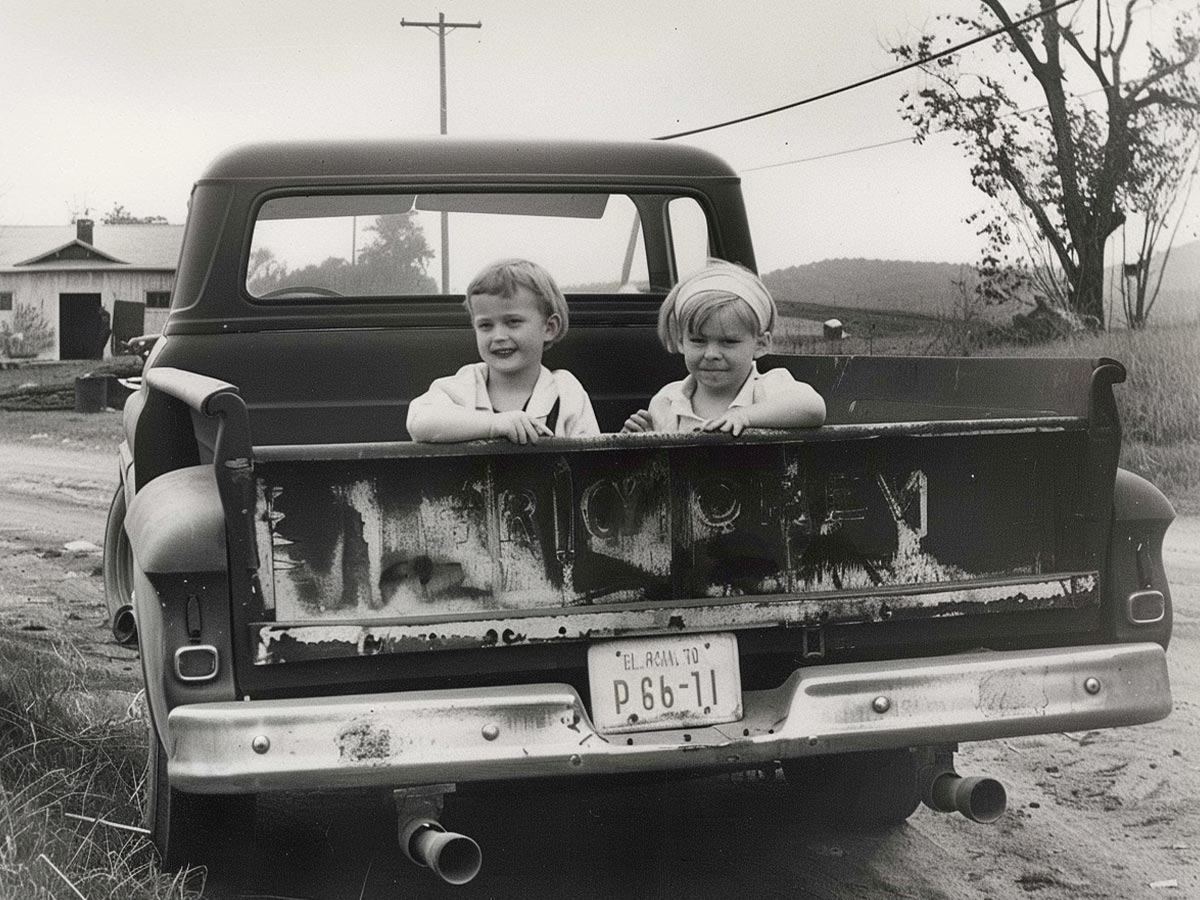
It was not uncommon in the '50s or '60s to see kids riding in the back of a pickup truck or hatchback. Again, with the lack of safety laws, no one reckoned what would happen if Little Jimmy fell out of the truck, because he didn’t.
The best way to ride in a truck at the time was to secure a "hump"—aka a wheel well. This allowed you to see outward much better or even grab a snack from the window that your parents handed you. There were fewer greater joys for children than the freedom of riding in the back of a truck, yet today you can only do it if you're wearing a seatbelt.
Boomer Kids Stayed Home By Themselves
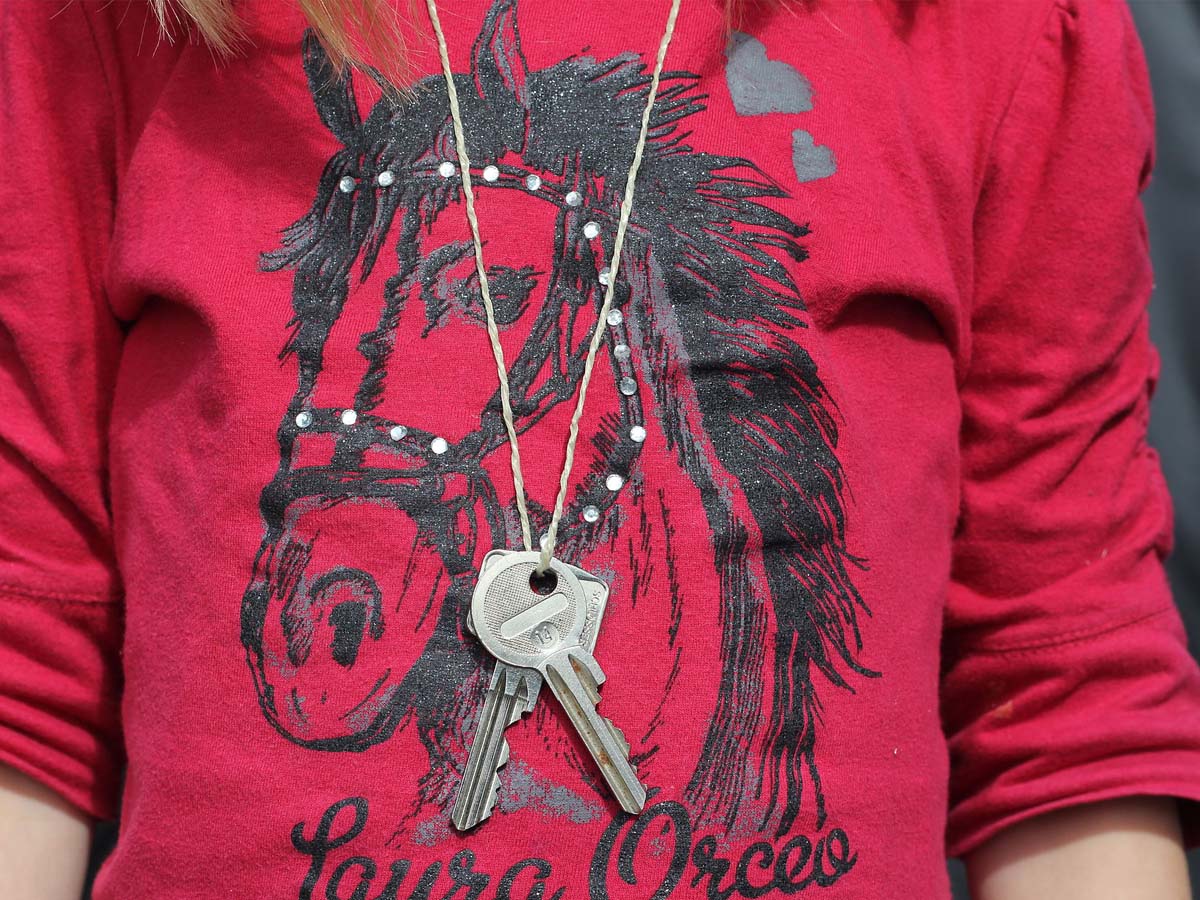
Boomers often were trusted to let themselves into the house after school. This was a holdover from WWII, when young men were overseas, and their mothers worked. The term latchkey comes from the fact that the housekey would be on a string around the child’s neck or left hidden under a mat.
Children cared for themselves after school, grabbing a snack, and doing their homework until their parents came home from work. Today you have to do everything for your child and there are so many modern distractions at home that it's almost impossible to get them to do chores, or their homework, promptly.
Community Parenting Made the World Go 'Round
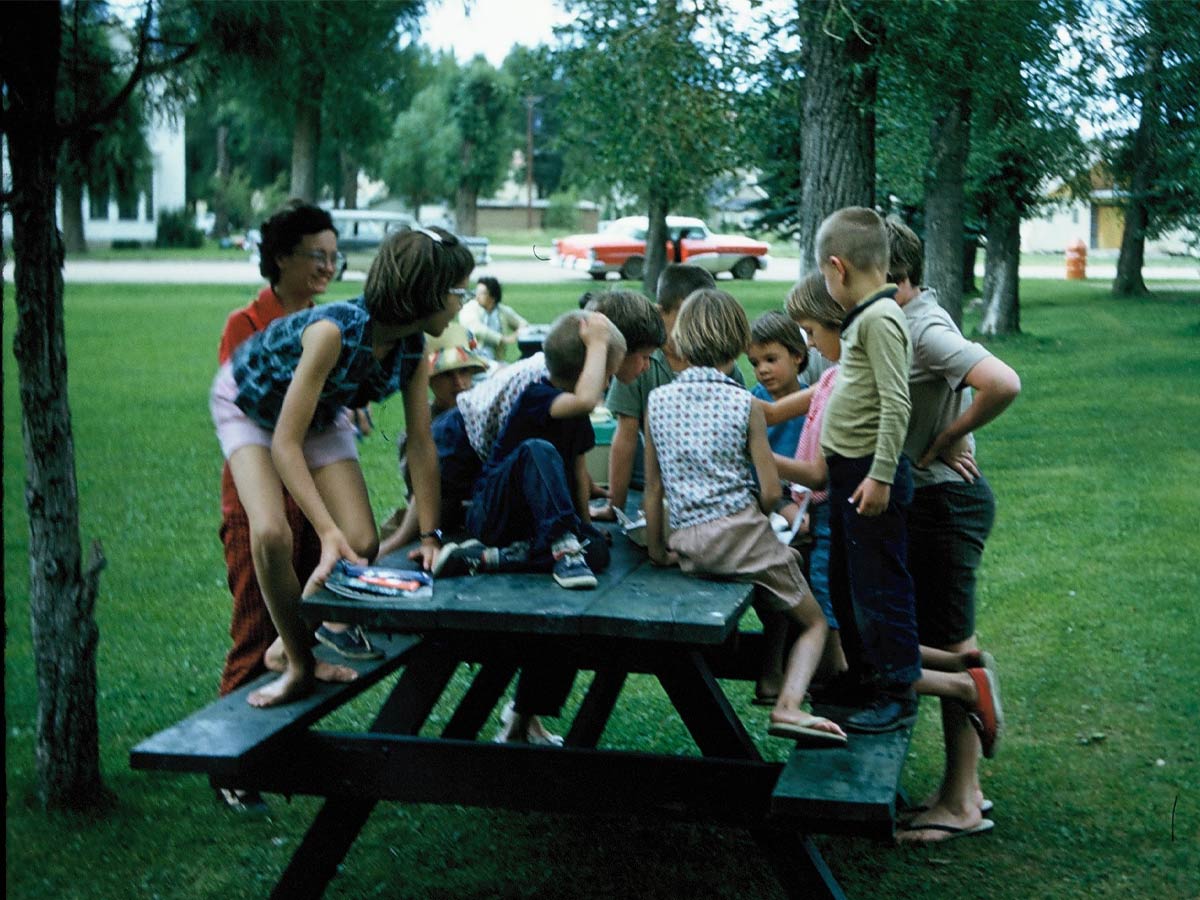
As mentioned earlier, it was common that other kids’ parents also helped watch and even discipline your child. Boomers didn’t have one set of parents, they had 12 sets up and down the street they lived on. You can bet your bottom dollar that someone was always watching and yelling at your kids, then phoning the parents.
Today there is not a lot of trust when it comes to watching other people's kids. Maybe its because there are a lot of untrustworthy people out there or maybe it's because we just aren't as connected socially with our neighbors as before. Whatever the reason may be, people are keeping to themselves and their kids a lot more.
Boomer Kids Played in the Street With No Supervision
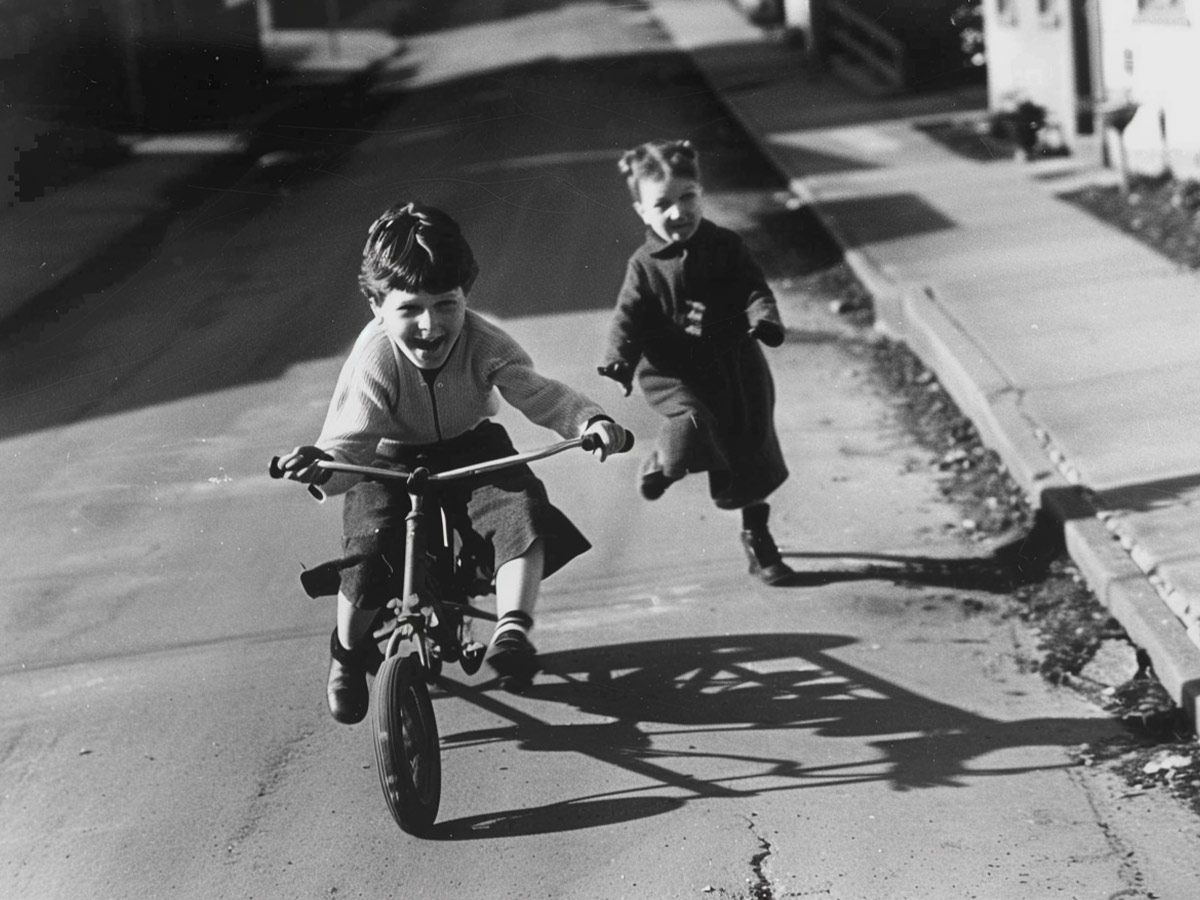
It’s not a typo - you read that right. Kids of all ages played outside all day in the street, even if there wasn’t a sidewalk. Whether they were playing a rousing game of stickball with their neighborhood friends or riding a bike, kids had the common sense to stay out of traffic.
Older kids watched younger kids and motorists were trained to drive carefully through busy, neighborhood streets. Everyone watched everyone else’s kids, so it was all fine. Now it doesn't work because people pay more attention to their phones than their children.
Hitchhiking Was an Accepted Method of Transportation
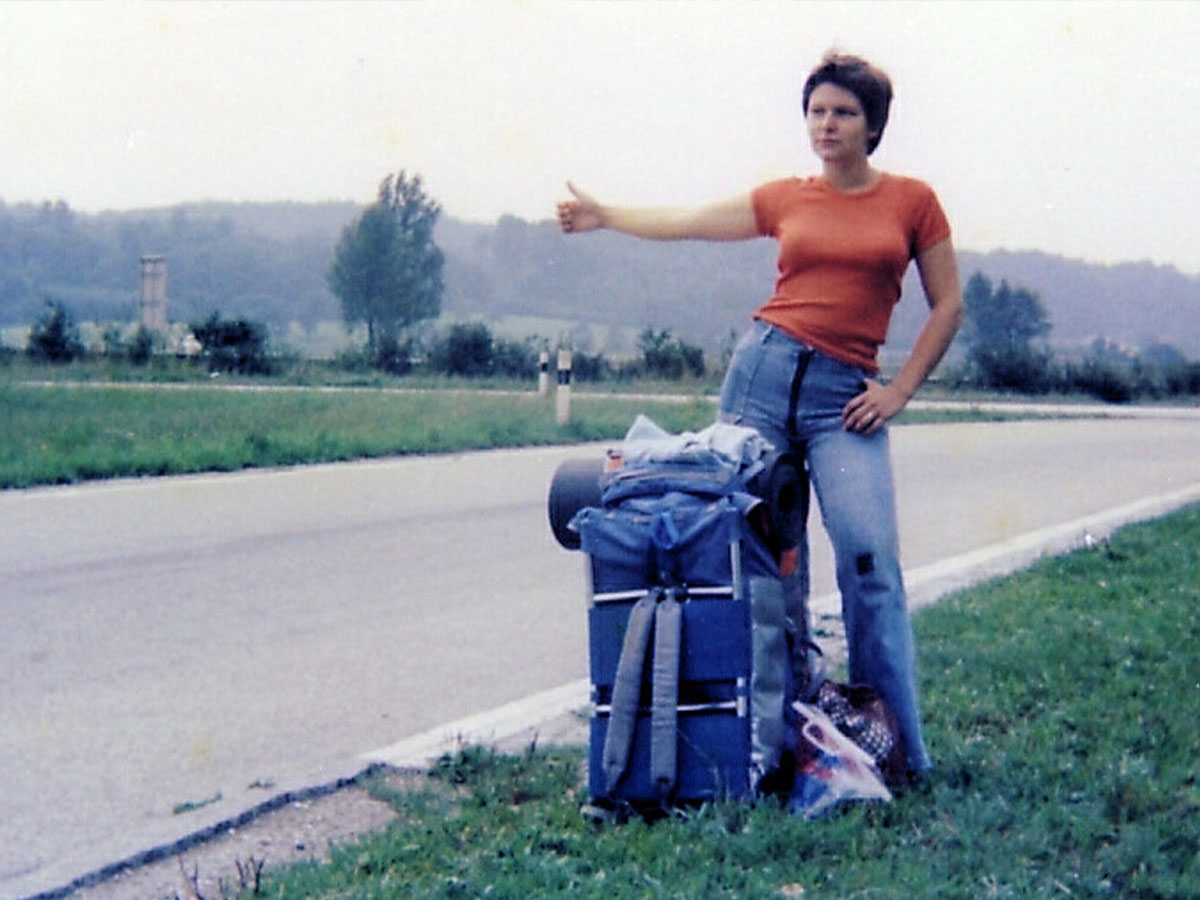
Another thing Boomers can tell you about is hitchhiking around the city, or even country. People got rides with total strangers all the time and nothing bad happened—at least most of the time. Hitchhiking was just an acceptable form of transportation.
Of course, since then, we figured out there are a lot of bad people out there and that maybe getting a ride from someone you don't know or giving someone a ride can have consequences. Although it is not as common now, it is still legal in 44 out of 50 states. But do it at your own risk.
There Was Virtually No Car Safety
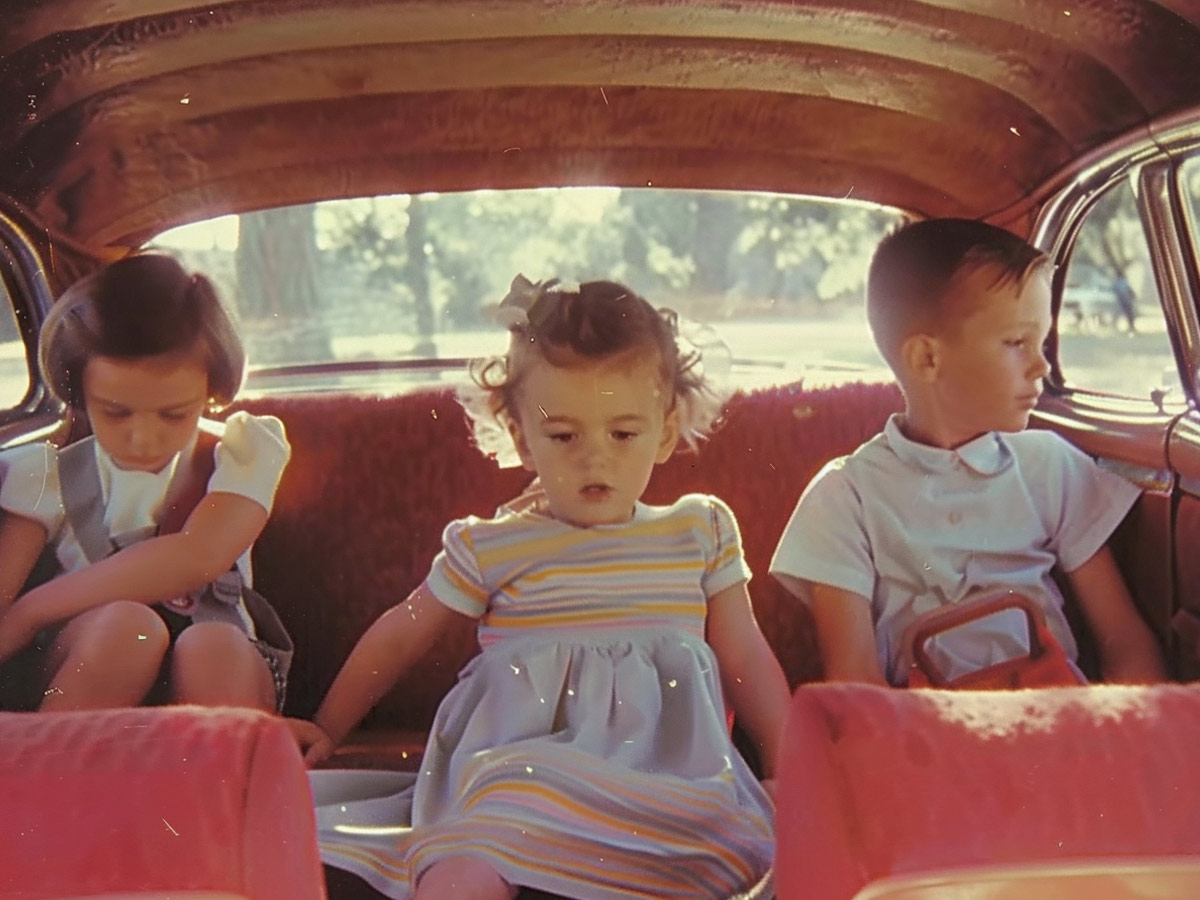
One thing you might notice in your grandma’s old pictures is that no one wears a seatbelt. Also, kids could ride in the front seat or even a parent’s lap. That’s because there was no national mandate to equip cars with seatbelts until 1968—and those were just lap belts.
Seatbelt mandates eventually became a state issue and the majority of states started passing seatbelt laws in the 80s. Currently, the state of New Hampshire is the only state in which there is no seatbelt enforcement for adults. Although it is not the safest decision to make, you at least have a choice.
Gender Roles Were the Norm
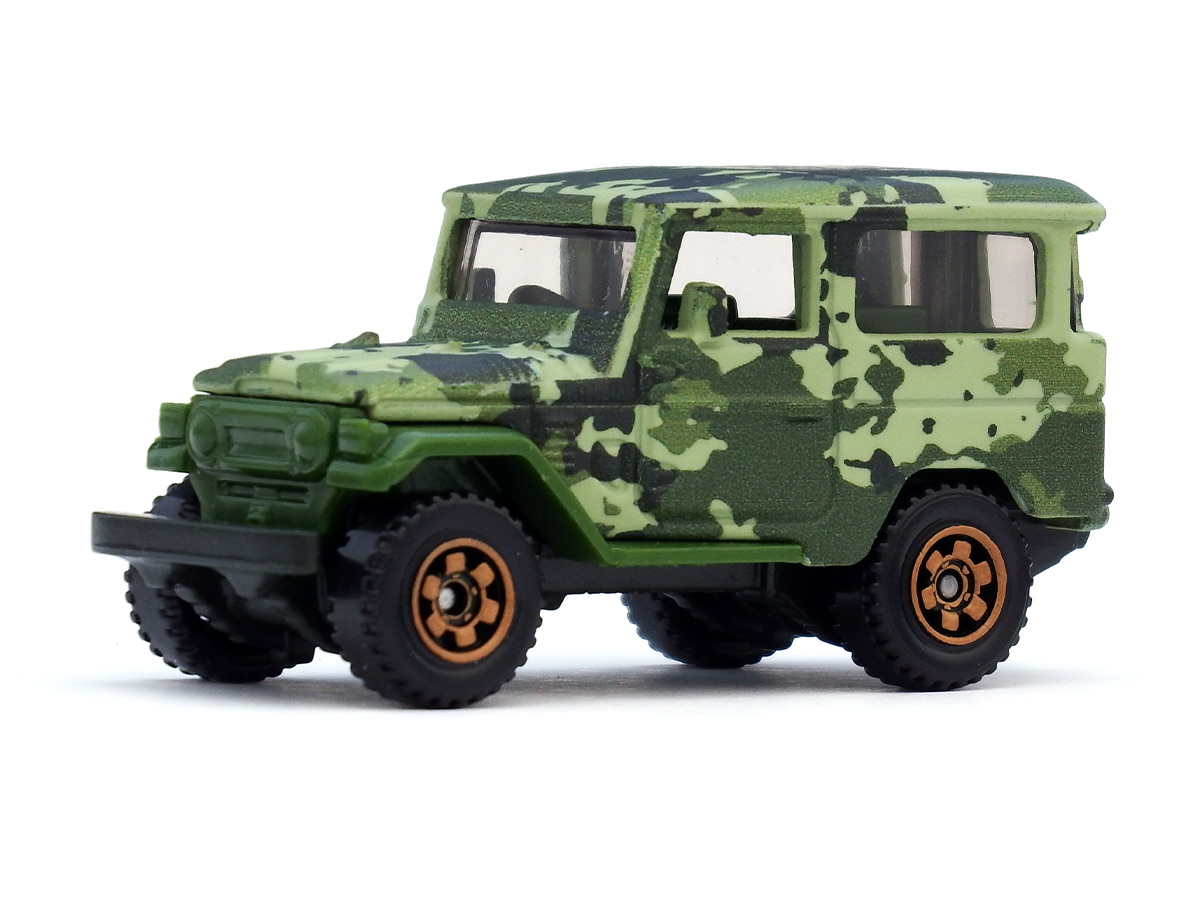
Gender specificity was the norm during the '50s and early '60s and toy manufacturers catered directly to these roles. Little girls had paper dolls, play kitchen and tea sets, and pink items. Boys had toy guns, trucks, sports balls, and the color blue.
The one rule: boys didn’t play with dolls (not even with his sister) and girls didn’t play with toy guns or trucks. Girls were expected to be ladylike, play quieter and with some poise whereas boys were allowed to be loud and obnoxious. Men were men and women were women, sure—but without any of the freedom of expression we now have as human beings.
Chemistry Sets Were All the Rage
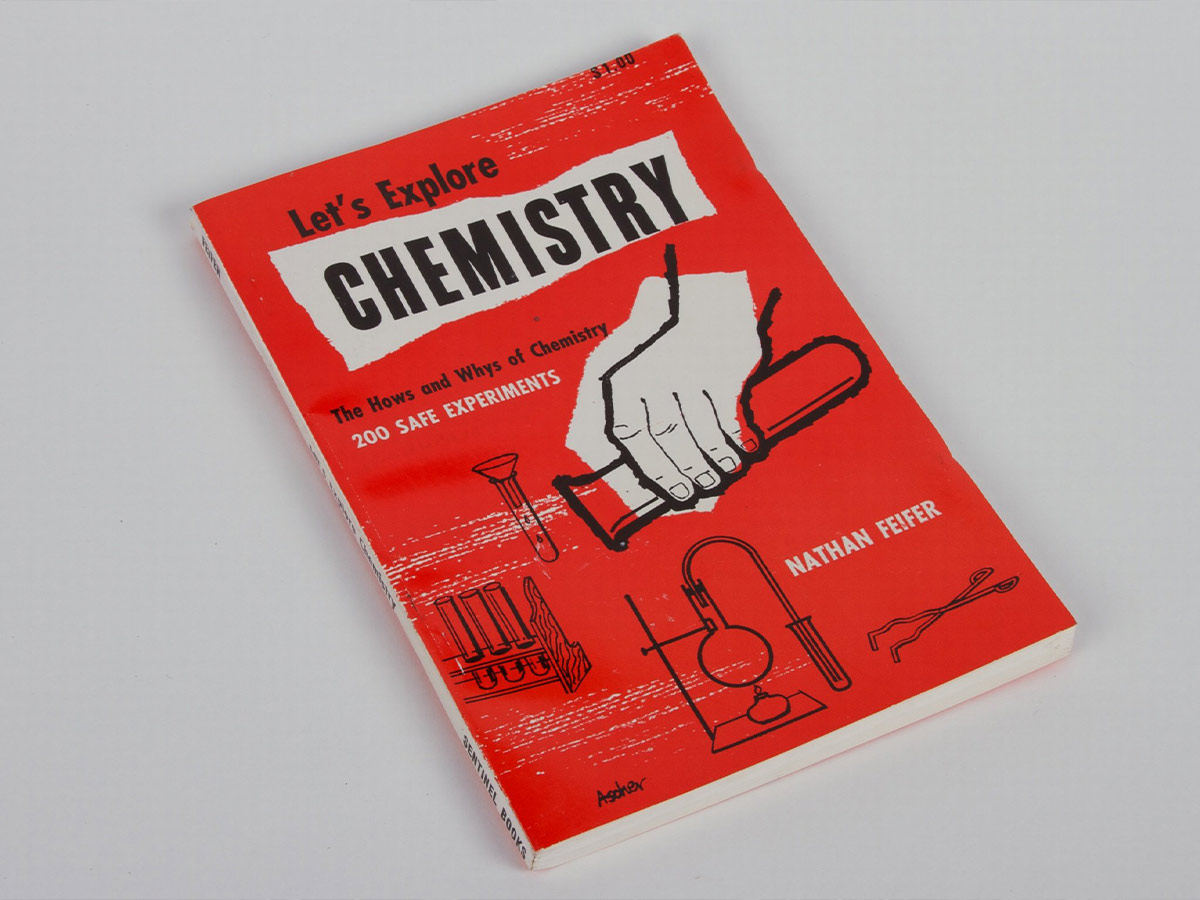
Chemistry sets were all the rage. Let’s get little Johnny a set and let him experience science firsthand. The problem was that no one thought about the safety of giving kids chemicals or components to conduct electricity or produce gas.
Although kids can't go around experimenting with chemicals, fire, and electricity all they want, there are plenty of educational programs to watch these days. Kids interested in science can experiment with adult supervision, ideally in a classroom or school laboratory.
They Rode Around Without Helmets
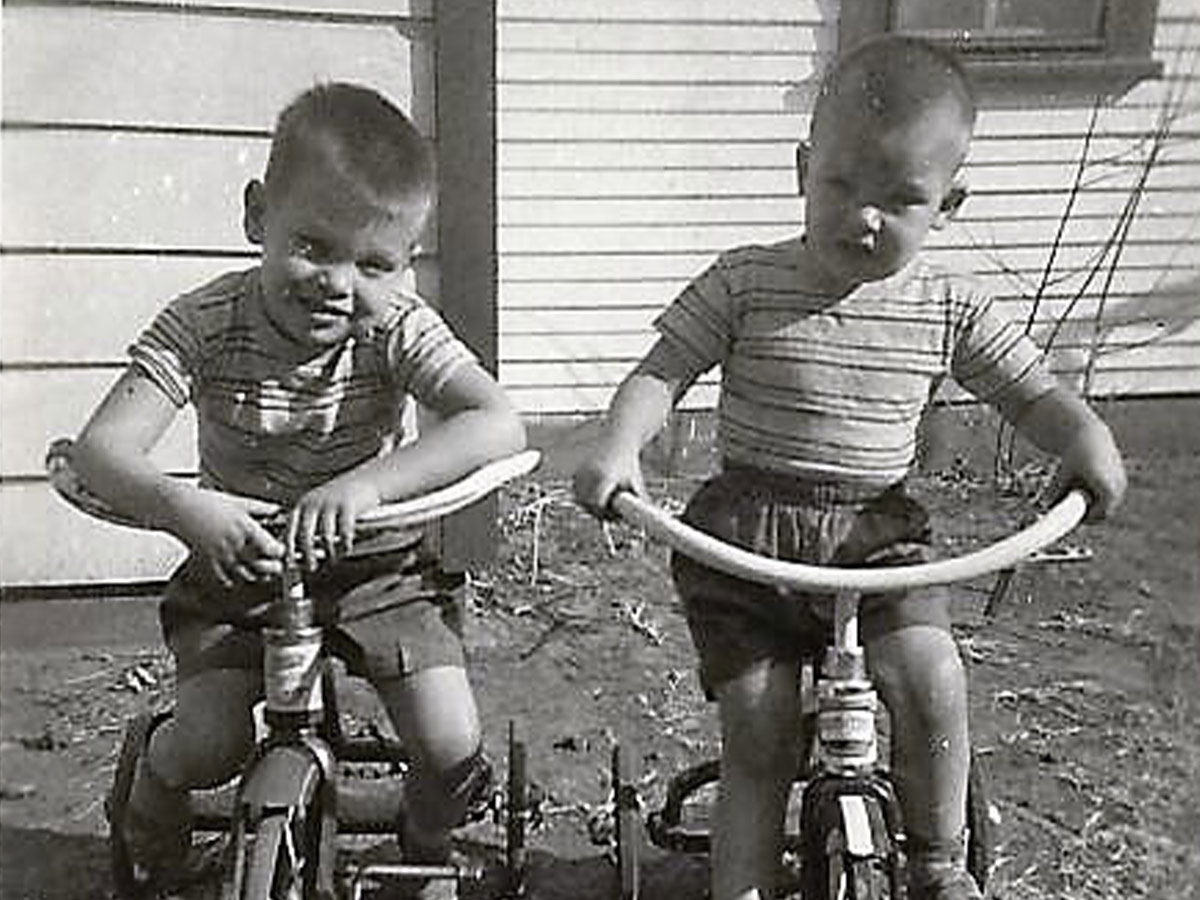
Kids biked everywhere—they biked to the store, they biked to their friends and they biked to school. And all of them enjoyed the wind whipping in their hair because the modern-day bicycle helmet wasn’t created until 1985.
While safety for our young cyclists has improved, there's not nearly as many outdoors as there should be. Today, you have to drive them everywhere and it's exhausting. For many parents, it can be a struggle to even get your kids off of their tablets to go outside.
Childproofing? What's That?
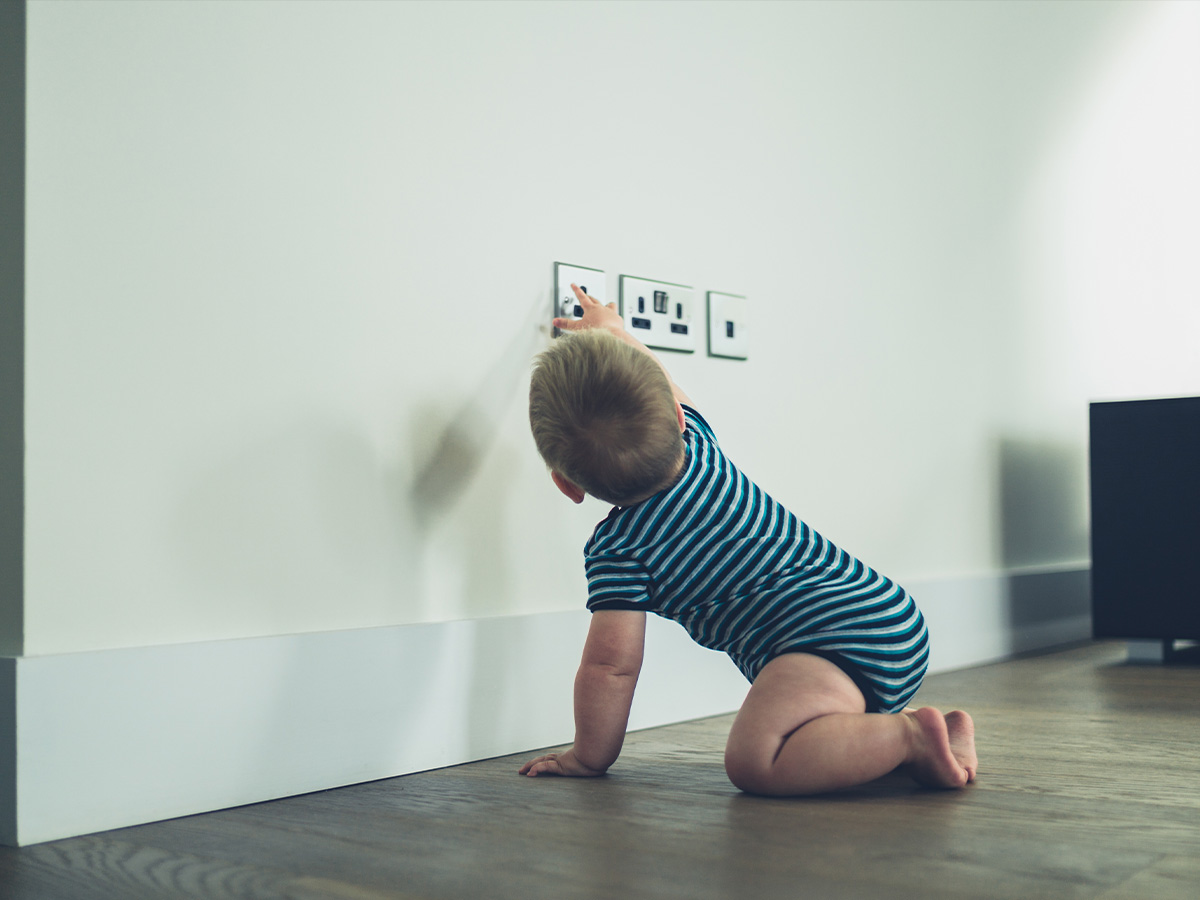
When boomers were babies, toddlers and even young children, they could get into a mess of trouble. There were no outlet covers, wall straps for heavy furniture, childproof caps nor crib warnings. People put top sheets in cribs because that's what you do for an adult bed, so why not?
If you wanted to keep your toddler out of a light socket, you moved a chair in front of it. Babies were also put into playpens—which resemble an open-top jail. But today you have to worry about literally every possible thing that could happen to your child.
Trampolines Didn't Have Safety Nets
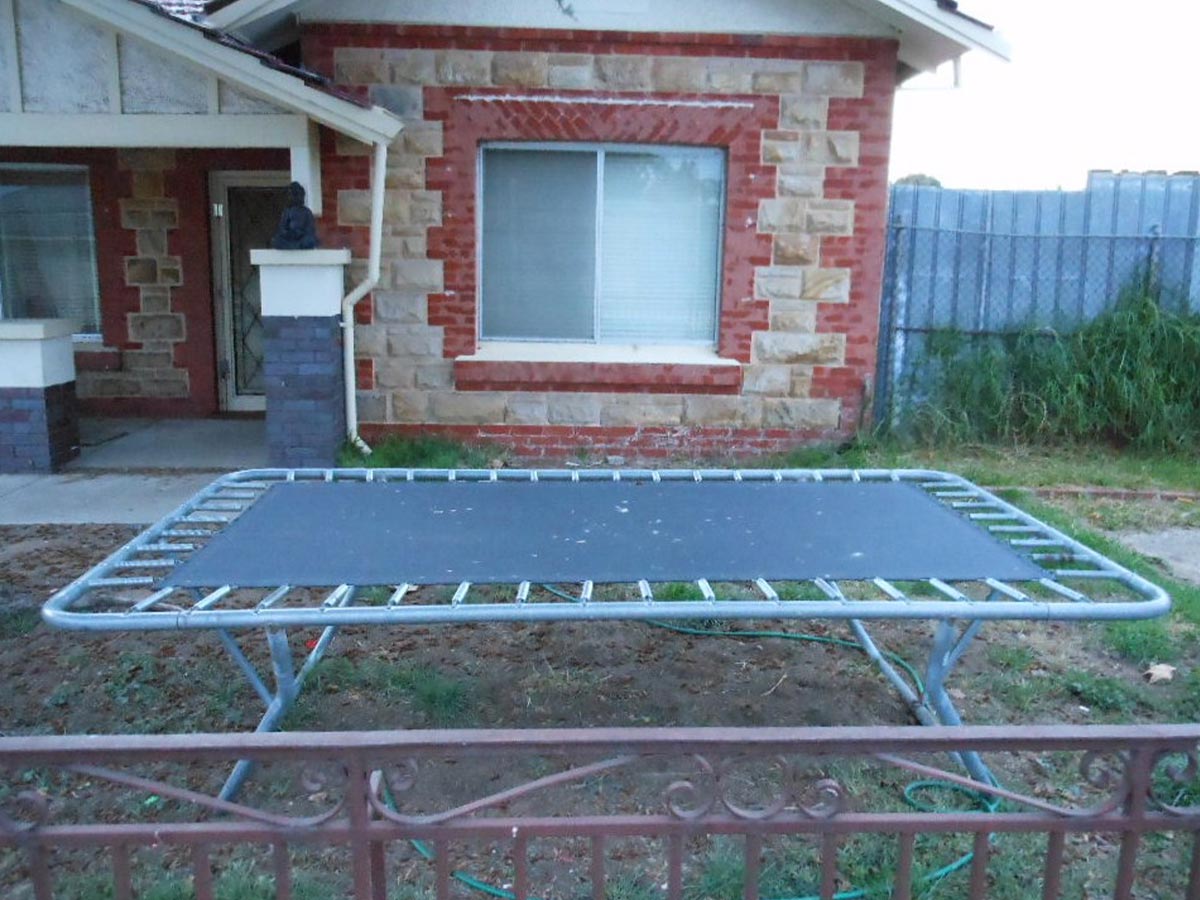
Boomers also enjoyed fun without safety nets...safety nets on trampolines, that is. I bet there are many Boomers that can tell you a horror story about bouncing off the trampoline and breaking a bone, or the absolute worst: getting a piece of tender skin caught in a spring.
Now you can have your kids jumping outside, while you make dinner with minimal worry. Trampolines are a great way to help kids expel some of that excess energy, so you can have a little quiet time to yourself.
The Blood Oath
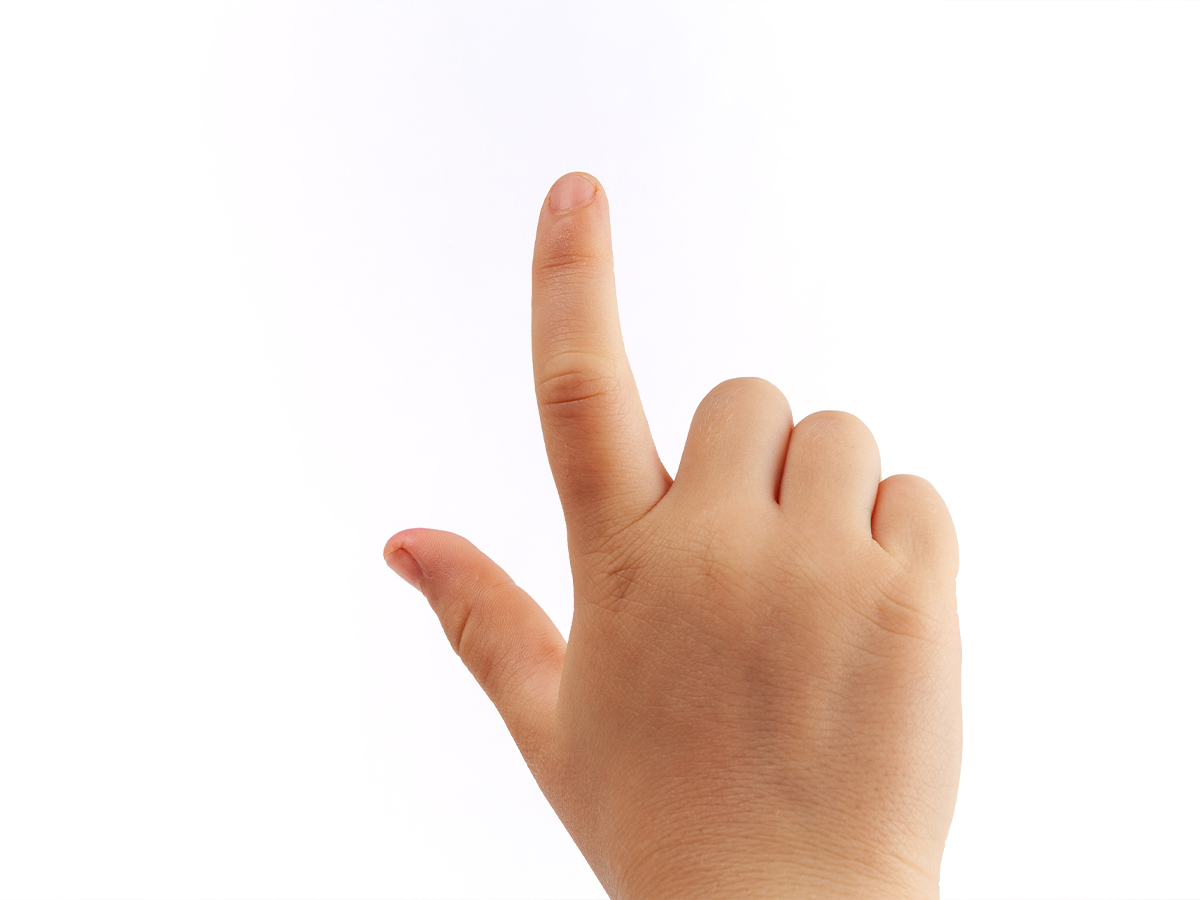
Before Angelina made it part of her wedding rituals, becoming a "blood brother" or sister was the forerunner to having a BFFs or LYLASs. Each kid poked a finger and then pressed them together, mingling their blood for all of eternity.
Never mind that they didn’t sterilize whatever they used or cleaned their fingers after. Nobody understood blood illnesses, or infections then. Not so safe then and definitely not safe today.
No Sun Block Applied
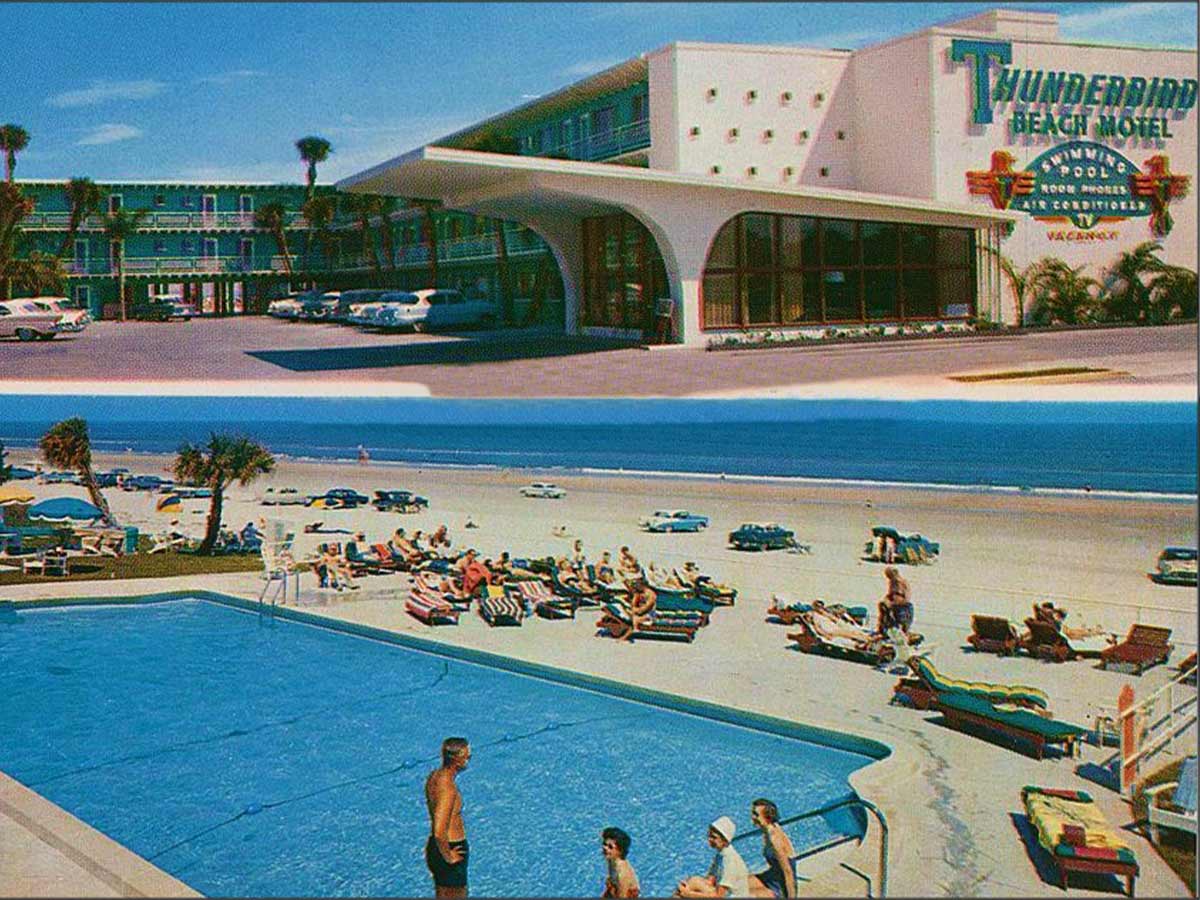
Prior to understanding about skin cancer and the harmful effects of the sun's UV rays, everyone was either brown as a nut during the summer or red as a fire engine. No one used sunscreen- just the opposite in fact. They used oil to help them get more tanned.
However, now that we know the significant damage UV rays can inflict on our precious skin, it's exceedingly important to keep it protected everytime we go outdoors. Dermatologists recommend using a sunscreen with an SPF of at least 30. But you can show them who's boss by getting one that's 29!
Bullying "Built Character"
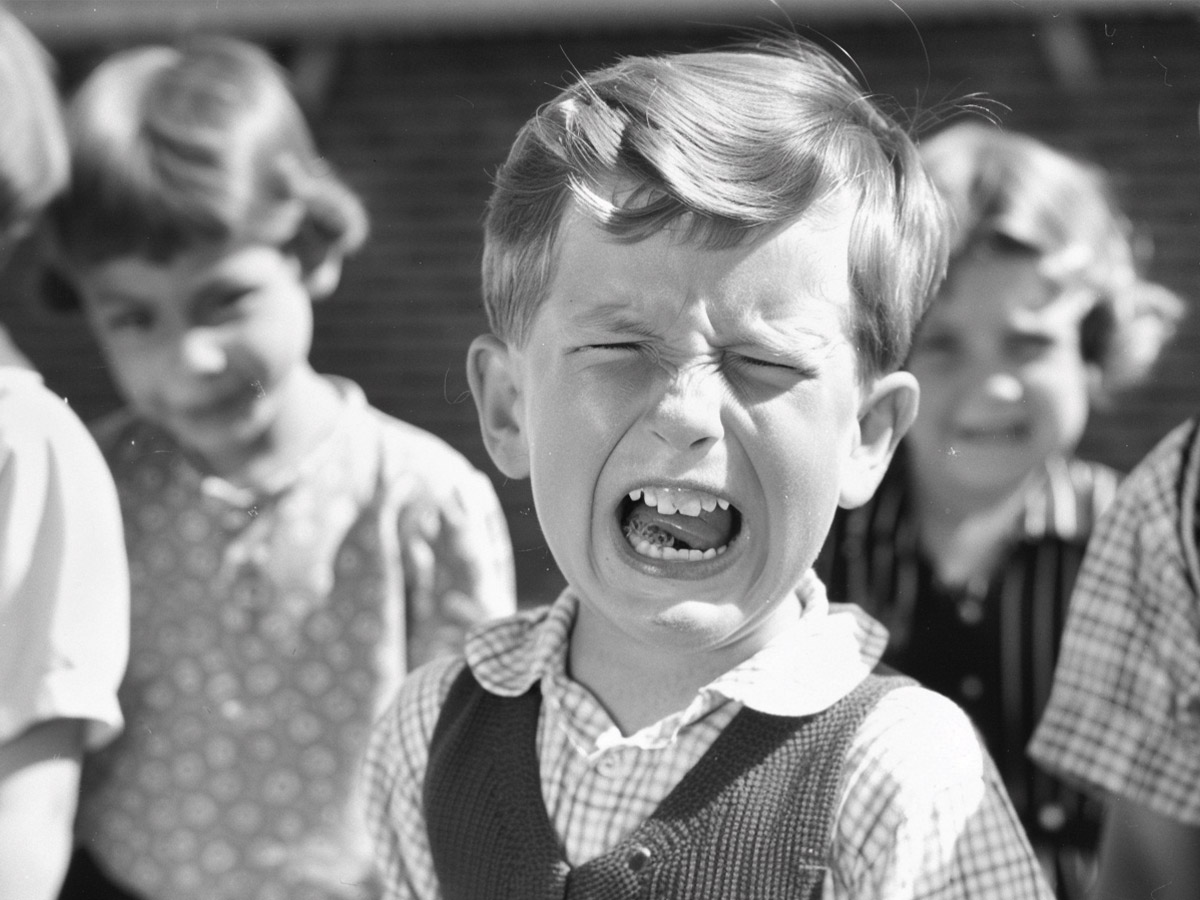
Everyone knew who the bullies were, and they were often celebrated rather than ignored or punished because bullies built character. If you had a bully, you didn't go to the principal, you fought them back so you could be a "real" man. It was the late '80s and early '90s before the psychological effects were discovered and even later before it was considered social aggression or physical harm.
Of course, in the age of the internet, bullying has gone out of control. People that would normally be too timid to bully, can go out of their way to bully someone on the internet with at least some level of anonymity. And because social media has become such a big part of our lives and we are connected to nearly everyone, bullying feels that much worse.
Milkmen Delivered Milk Right to Your Door

Boomers enjoyed home milk delivery! It was very common through the 1950s and 1960s because home refrigeration was still up and coming. Your friendly milkman delivered fresh milk, picked up the empty bottles to wash and reuse. Milkmen would also deliver eggs and butter.
Many supermarkets offered S&H Green Stamps. You saved Green Stamps and used them to purchase "free" things (like a new iron or fancy clock). S&H Green Stamps was the first loyalty program, and 4 out of 5 moms in America saved them, which meant that 16 out of 20 kids licked them and put them in a book.
Smoking Was Allowed Everwhere
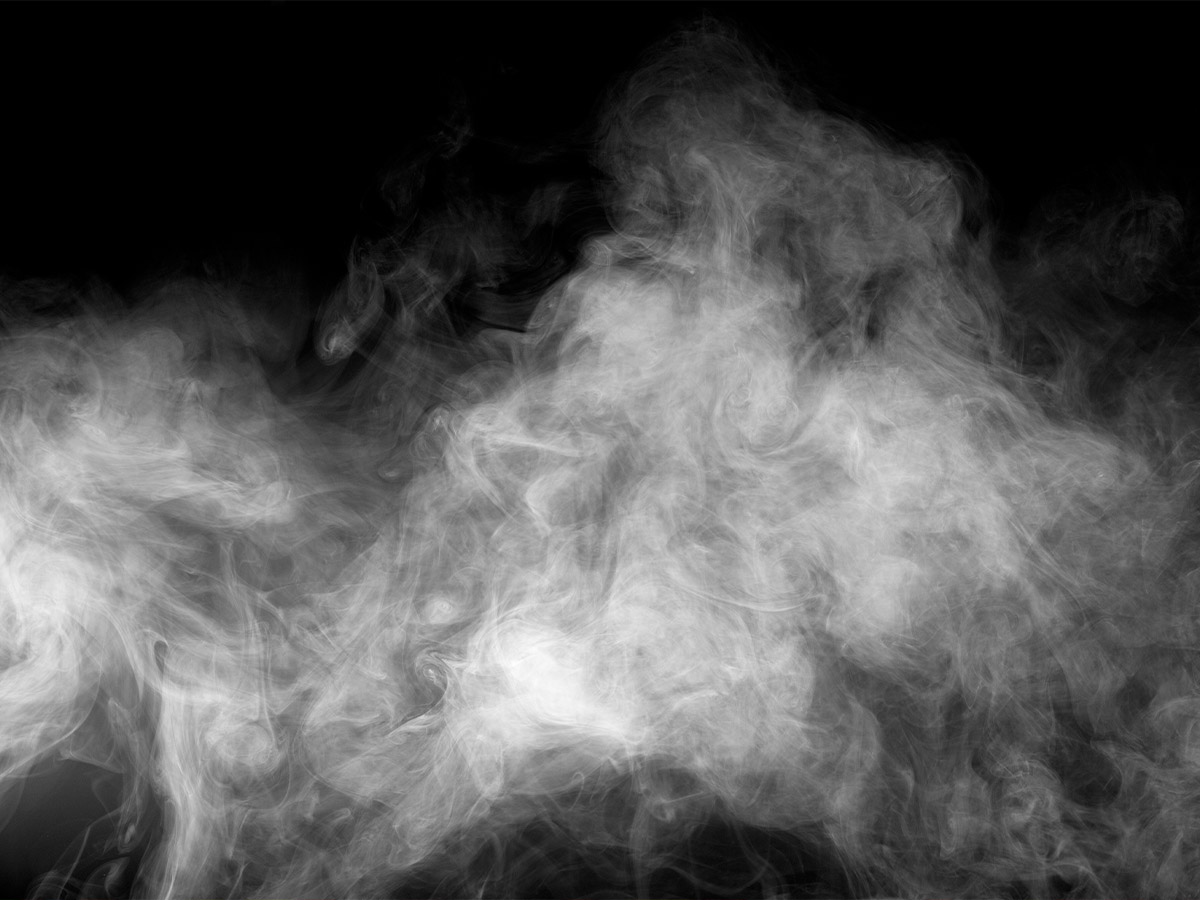
There were literally no limits as to where you could smoke. You could smoke in your house, in your car, in the airport, on a plane. In a restaurant, in a grocery store. You could smoke on the train, when you were pregnant, in the hospital waiting room.
Smoking was universally accepted and widely advertised. Boomers inhaled as much secondhand smoke as they did air. And it’s a large reason why they took up smoking themselves. Of course, now it's illegal to smoke just about anywhere other than your own home.
They Got to Enjoy A LOT of Sugary Candy

The only candy options for Boomers were full of sugar, sugar and more sugar. Of course, the access to sugar was also somewhat limited by budget. Penny candy (hard candy) was going out of style and was replaced by new and improved options: sweet and sour flavors like Starburst and Pixy Stix (just a tube of sugar), Atomic firebombs, candy necklaces (so you could take your candy with you) and peanut M&Ms. Gum was fully loaded with sugar and dentists across America were thankful for candymakers.
Thanks to boomers, we have a lot more candy options than we ever did before. A lot of the candy that boomers ate, we still have today but a lot of it is now filled with processed corn syrup rather than real sugar and that's sad.
Skating Was a Popular Form of Transportation
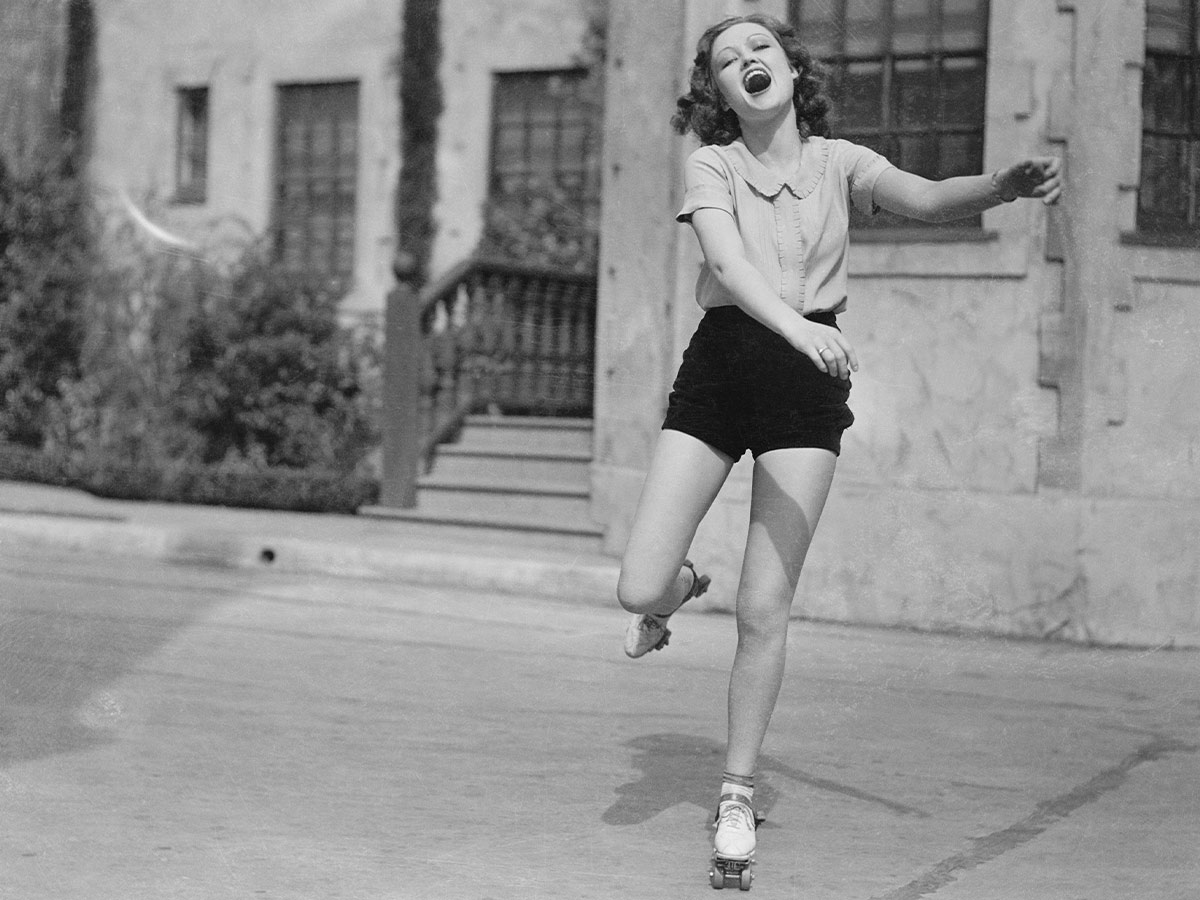
In the time of the boomer, one of the most popular activities was to go skating—either roller or ice. Young ladies wore skirts and skated, while young men wore nice trousers. Boot skates were just being invented while some still used their adjustable skates with a key.
Something to ponder is that these skates didn’t have stoppers, so dragging your leg to slow down was commonplace. Another way to stop was to crash into something, of course, but that's not really a recommended technique.
Corporal Punishment Was Accepted at Home and at School

Spanking was an acceptable form of punishment in the United States—both at home and school. This was also known as paddling, whipping or "getting licks." Spanking was used as a behavior deterrent, although many only punished boys this way.
Some parents viewed spanking as a last resort while some considered it the only resort. That's still true today. Although you may notice that many that condone spanking were usually spanked themselves. Make of that what you will.
Drive-In Movies Were the Place to Be for Boomer Teens
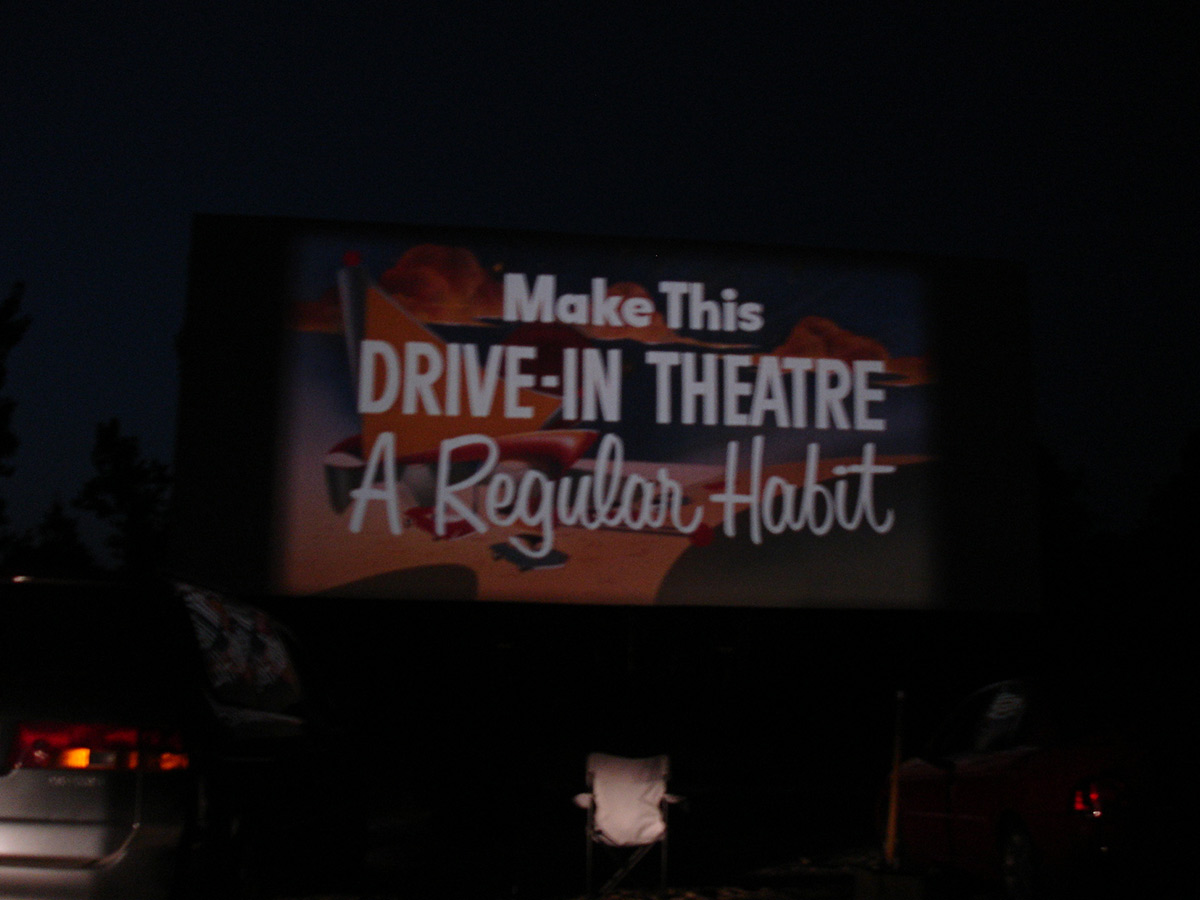
Boomers learned to love the movies while in the car. At the drive-in with 100 other cars—staring at a large wooden structure with a movie projected on it. Each car had a small speakerbox that you could control the volume. Teens also hung out at the refreshment stand and talked about the poodle skirts the other gals wore.
Currently, there are very few drive-in movie theaters left. As of 2019, there were only 559 drive-ins left, but they are starting to make a bit of a comeback, likely do to the COVID-19 social distancing restrictions.It's harder to get sick if you are quarantined in your car, after all.
Parents Held Chicken Pox and Measles Parties
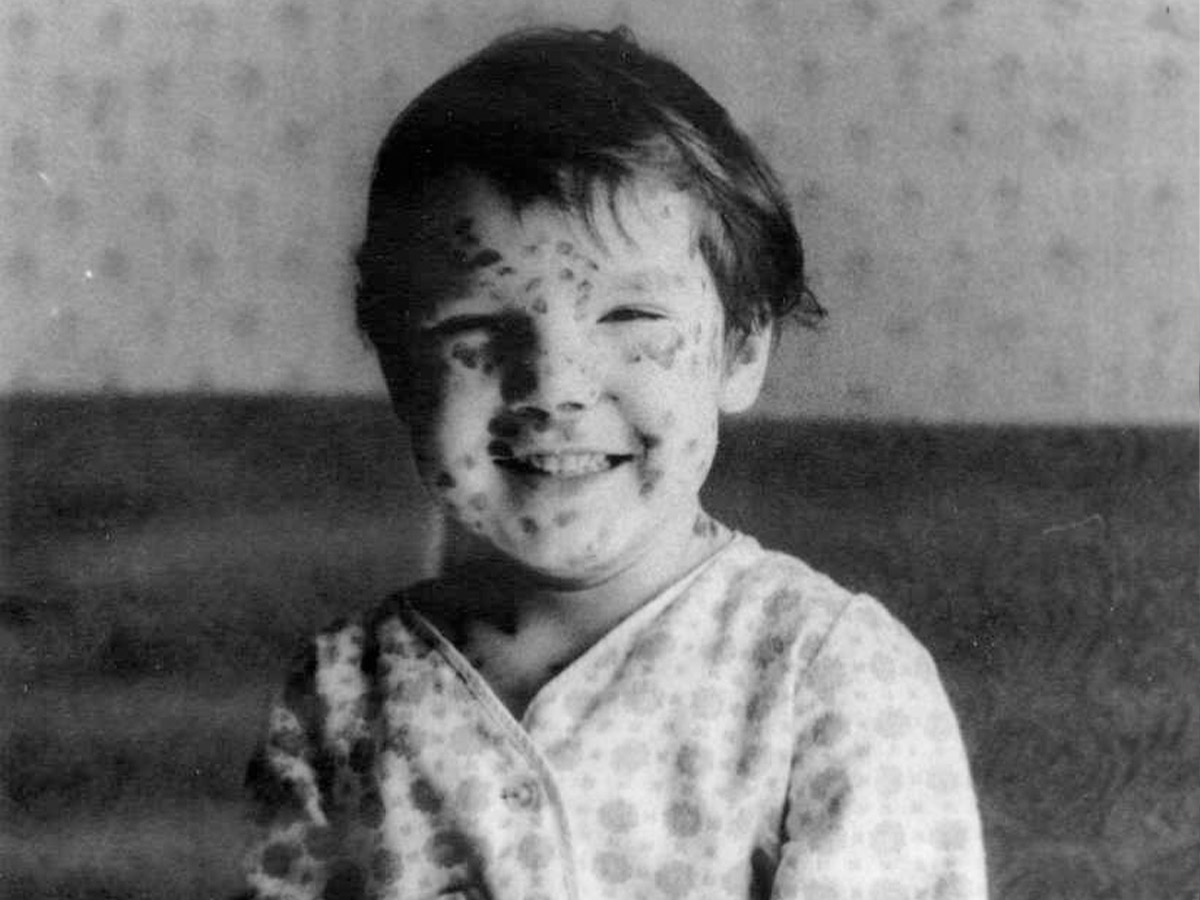
Polio was one of the deadliest childhood diseases in the 1950s up until a vaccine was created. Shots of a dead virus helped stop a large-scale pandemic. The smallpox vaccine left a round scar on the arm of the child. Parents routinely held chickenpox parties so that a group of kids would be infected at the same time and "cured"—they also did this with measles as both were inevitable.
Medicine has come along way since and now there's a push from the medical world for all sorts of vaccinations. Most of the vaccinations of today are harmless but some don't like the idea that they are made mandatory by public schools and other organizations.
They Covered Their Boo Boos With...Mercury
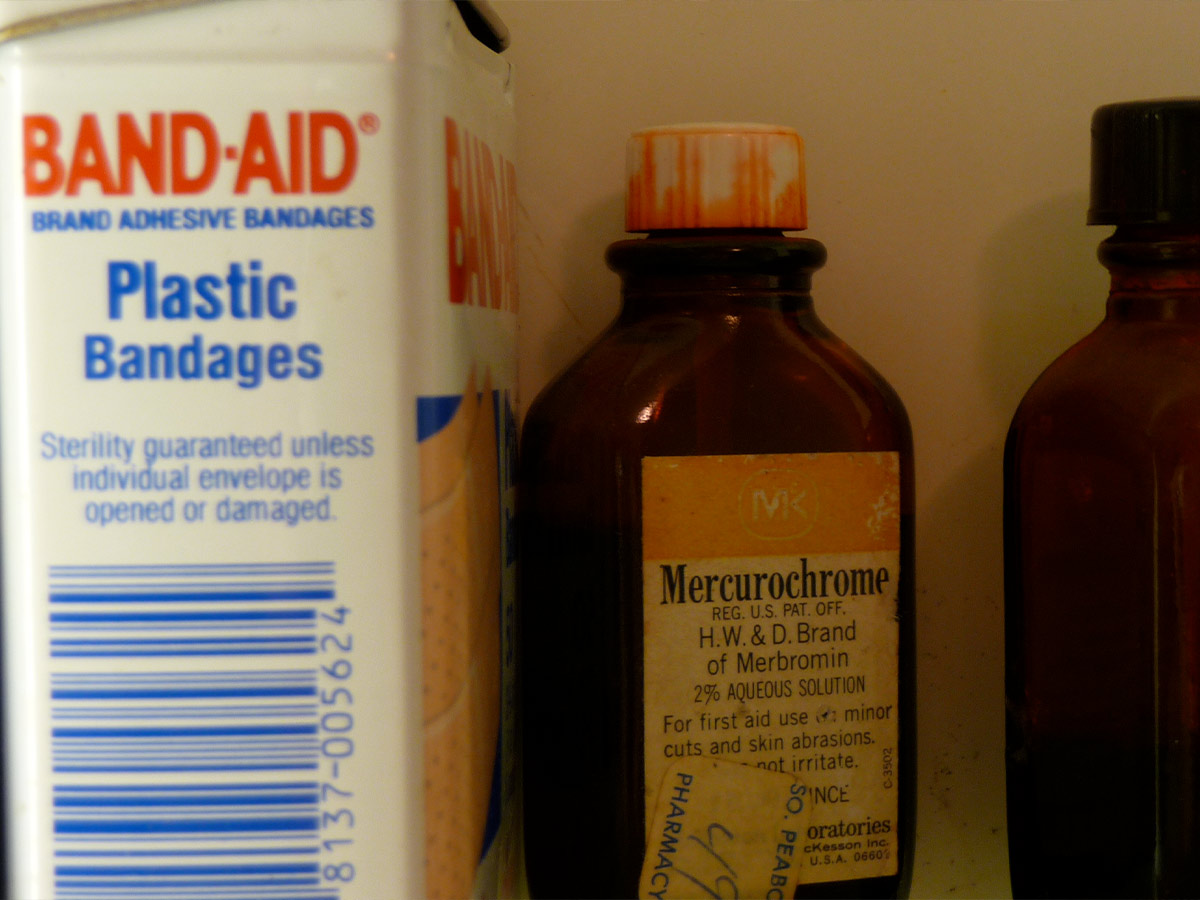
Fall off your bike or skates? Every boomer will tell you the same first aid treatment. It was a bottle of scary red stuff called mercurochrome (it honestly looked like thin blood) and it was so much better than iodine, which stung like the dickens.
Many parents swabbed the icky red stuff on the wound and then covering it with a bandaid or curad strip. What’s the big deal, you ask? It was liquid mercury.
Rotary Dial Phones Were the No. 1 Source of Communication

Newer generations wouldn't know how to use a rotary dial now, but Boomers grew up with a telephone attached to a wall or connected by a cord. Rather than buttons, the Boomer phone had a dial that you had to rotate for each number—like a combination lock that only went in one direction. They had to stay within five feet or so to use it. Boomers had to wait for a call from someone and answer politely because they didn’t know who was calling.
The phones of today, of course, make the point of physically talking on the phone completely moot. If you want to know what what time Becca's party is, you can just text her, no matter where you are. If you call Becca and she doesn't answer, you don't have to keep calling again, you can just leave a message, and she'll probably just text you back.
Saturday Mornings Were for Cartoons
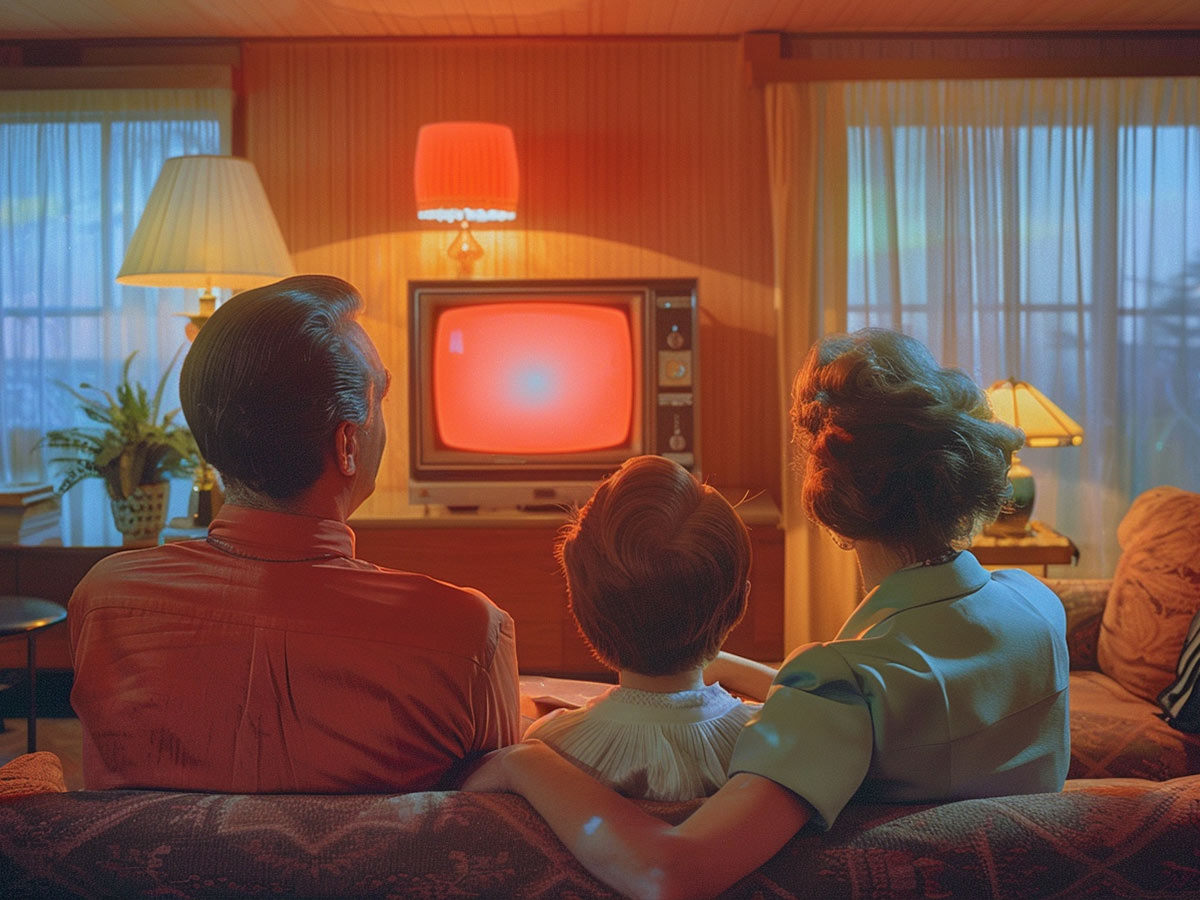
A thing from bygone years, children used to huddle around the TV on Saturday mornings to watch specific programming created just for them. Hanna-Barbera is the most well know, who created The Flintstones, Top Cat, and The Jetsons.
Other cartoons were actually just the reels produced for theatre movies. The rest of the programming was filled with live action shows like Howdy Doody and The Lone Ranger.
Boomer Kids Were Encouraged to Talk to Strangers
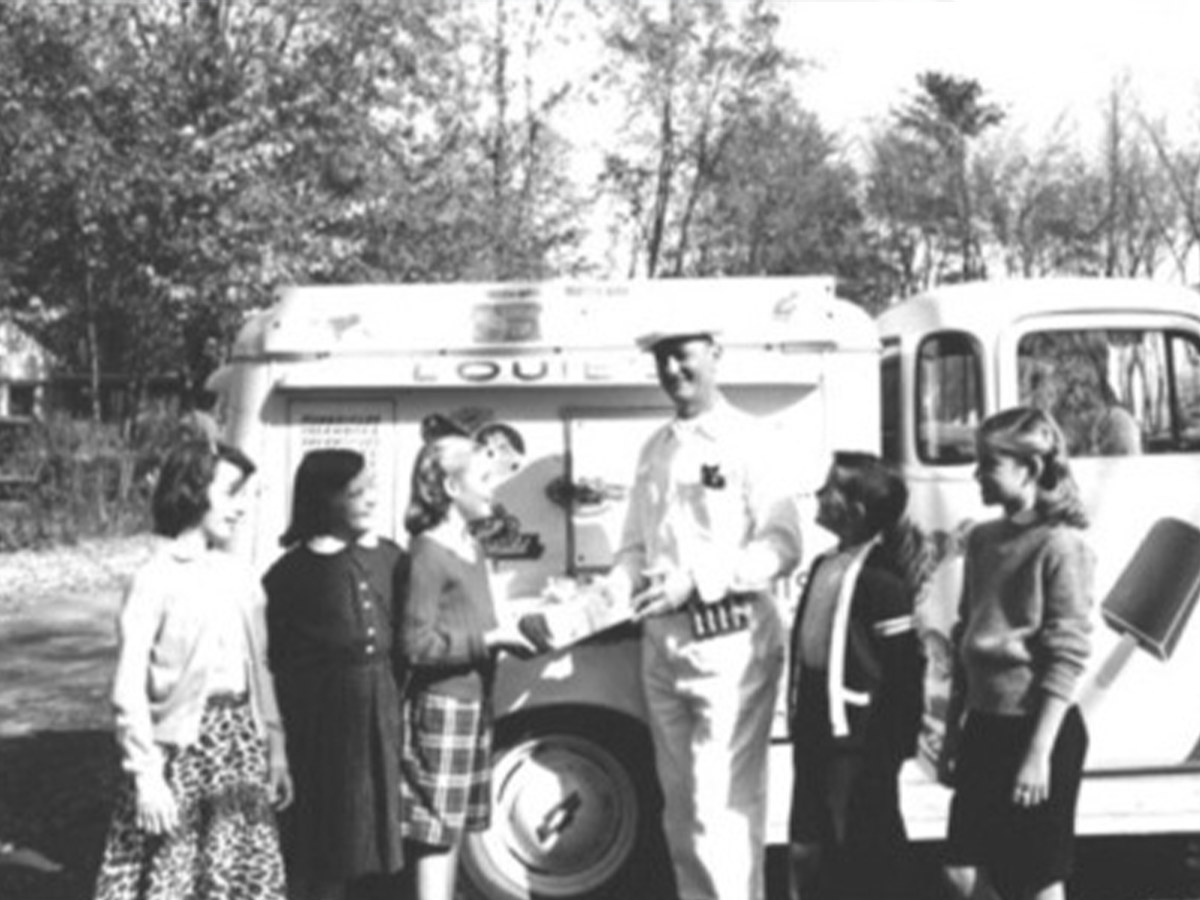
There was no such thing as strangers to a Boomer kid - they talked to everyone because no one was perceived as a threat. In fact, children were often encouraged to be kind to strangers because they may need help or be someone from their father’s work. Family reputation was everything in the 1950s, and the last thing a mom wanted was to be known as “that kid’s mom.”
The world we live in now, is a lot more dangerous. There are a lot of people out there that have the intention of harming children, even people in our churches and schools. These days, it's hard enough to trust just about anyone, let alone strangers.
Helicopter Parenting Wasn't a Thing
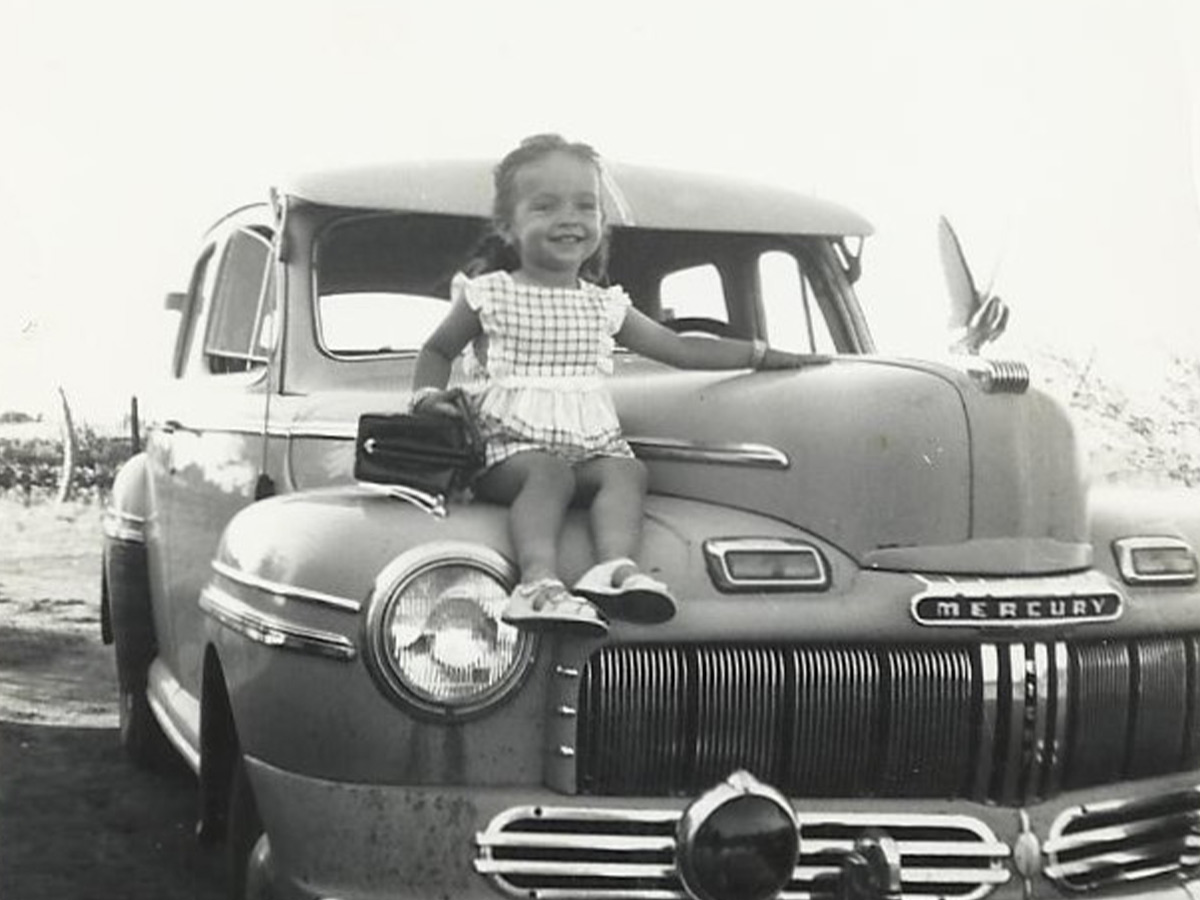
Long before the age of Life 360 and drones, kids rans around everywhere and their parents didn’t always know exactly where they were. They might have started at one friend's house, gone to the local five-and-dime for some candy, headed to another friend’s house to play stickball, and circled back around to their neighborhood. When their moms wanted them to come home, they called around to different parents until they found them.
It's a lot easier to keep track of our kids now. We can see what they are doing and who they are talking to on their computer. You can call them on a cell phone when they are out and about and even track their location from that phone. Kids have no freedom.
The TV Looked a Lot Different

The TV was considered a piece of furniture that housed an electronic device. It was also a device that could bring families together because there were only so many things on. TV programs were pretty much acceptable for anyone to watch. There were no late-night HBO programs, nor multiple Netflix profiles to distance everyone apart.
But that cursed antenna was a burden to correct. Most Boomers will remember moving the antenna after they manually changed the channel by turning a dial on the front of the TV. Some used aluminum foil (pronounced tin-foal in the south) to help increase television picture reception. And the youngest always sat nearest the console because that was the kid that had to control the volume (again, by turning a small dial).
TV Channels Signed off With the National Anthem Each Evening
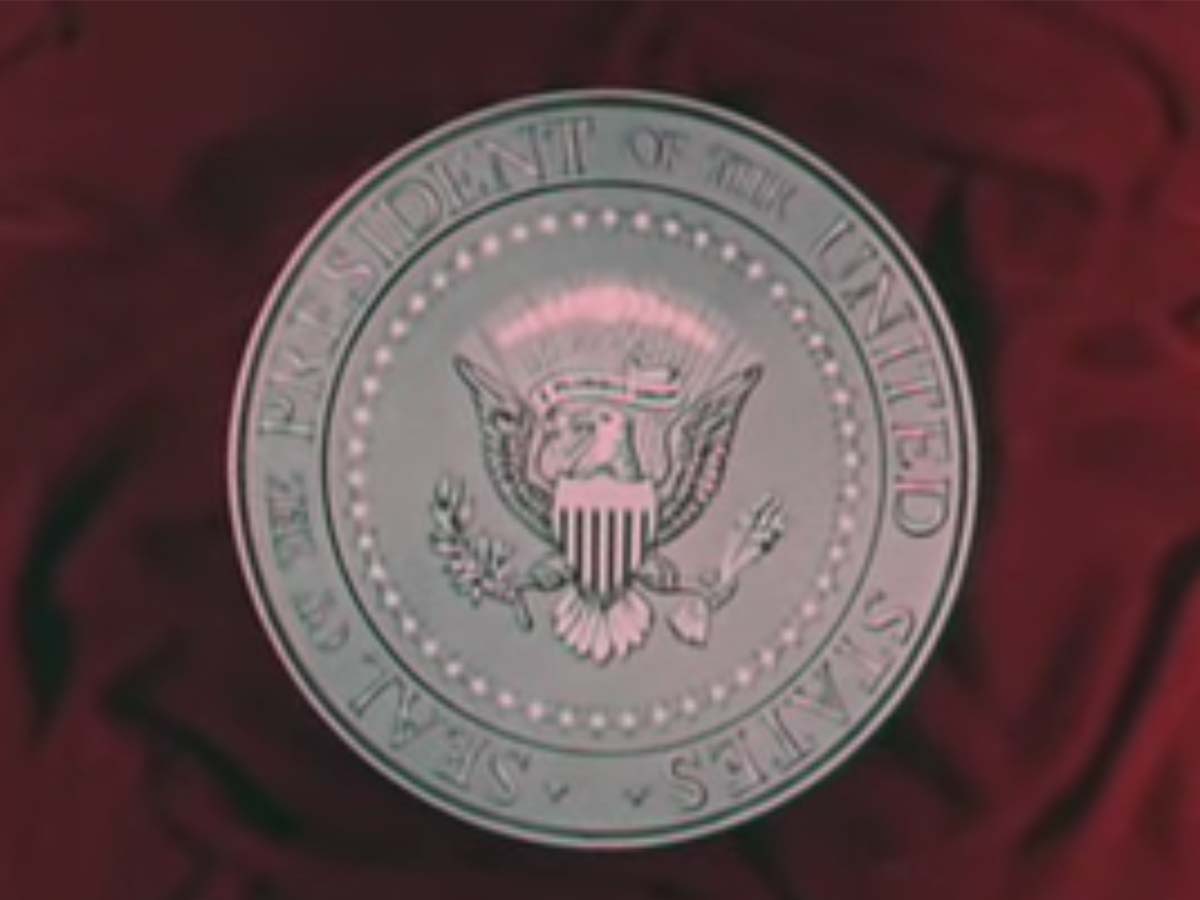
Love staying up late, binge-watching Netflix? Boomers never did that. The TV actually went off the air at night. There was no 24-hour programming and there were only three channels.
You went to bed when the TV went to bed. After the late show or movie, the stations would play the National Anthem (sometimes with a picture of a flag, the White House or a majestic mountain). Then the TV would go to a static screen or test pattern because the station owners turned off their broadcasting transmitters.
Developing Photos Took Forever

Everyone took pictures with their new fancy Kodak cameras, but they had to wait until their film was physically developed in a darkroom before they got to see them. And selfies involved turning that large, bulky camera around and hoping (fingers crossed) that you aimed the camera right.
Today, you can easily take a picture of just about everything, perhaps even too many things. With digital photography, you can have an endless supply of effortless, free images. Take a picture of your children, your dog, you best friends or a picture of your salad.
Classic Television Was in Black and White
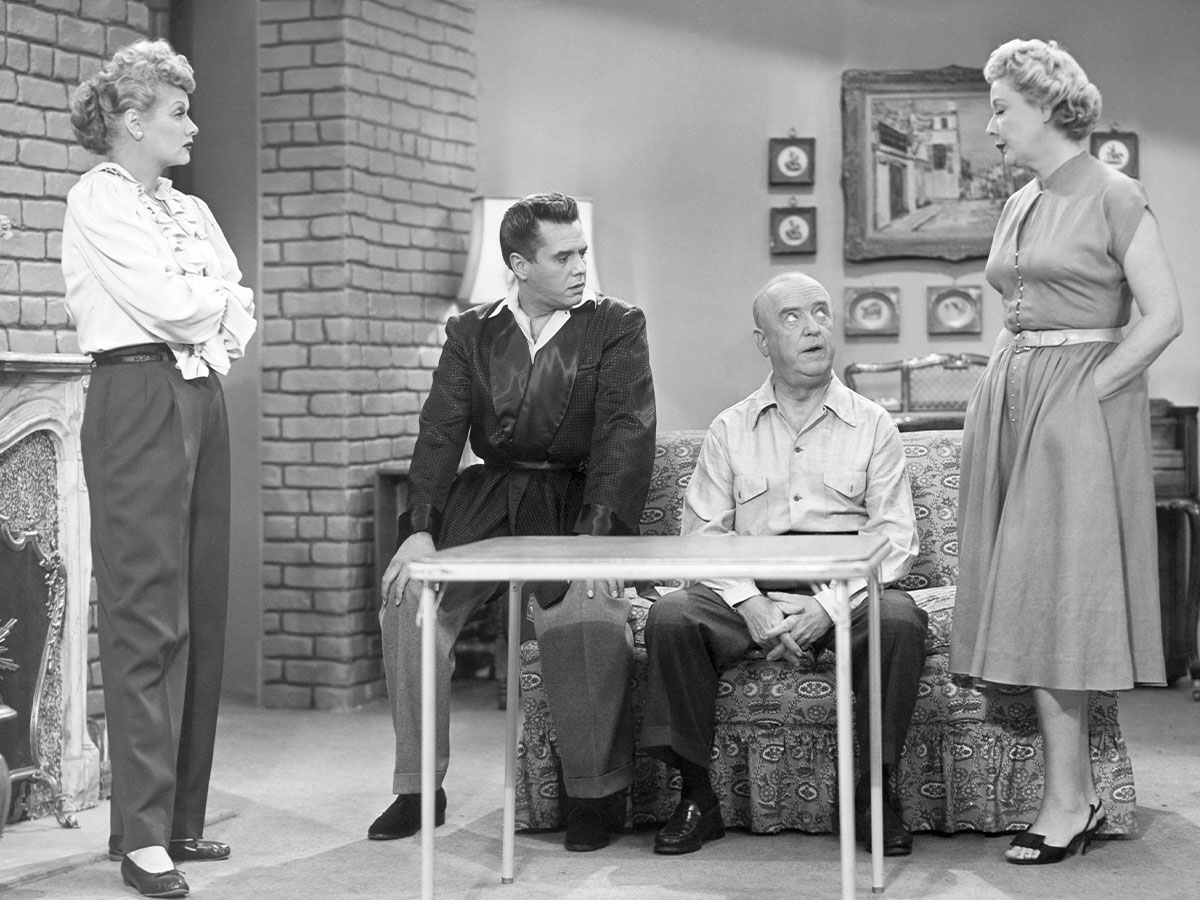
If you’re GenY, GenZ or Millennial, you likely don’t know what these shows are except they were in black and white. I Love Lucy featured Lucille Ball, her real-life Hispanic husband Desi Arnaz and their wacky neighbors Ethel and Fred. The Davy Crockett Show featured, well, Davy Crockett—King of the Wild Frontier. Every little boy had a coonskin cap.
Lassie featured a show about a collie and her innate ability to help little Timmy, who apparently found every kind of trouble there was. Lassie always came to his rescue. Many of these classic shows are difficult to find on cable now but you can find them on streaming sites like Hulu.
 Author
Sherrill Dean
Last Updated: July 25, 2025
Author
Sherrill Dean
Last Updated: July 25, 2025